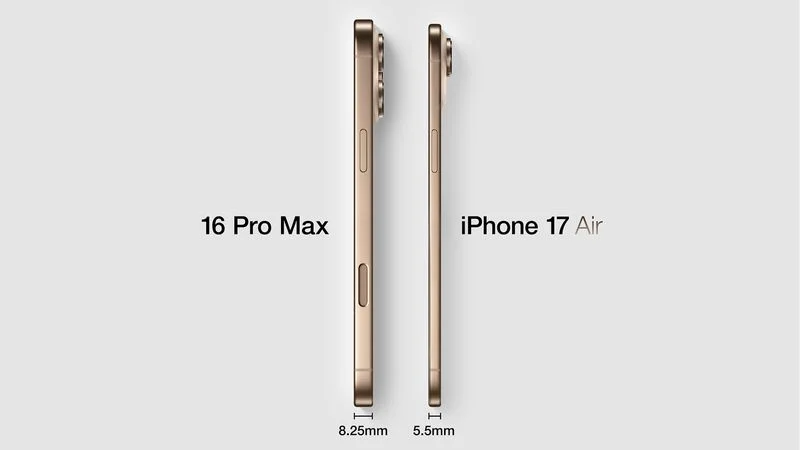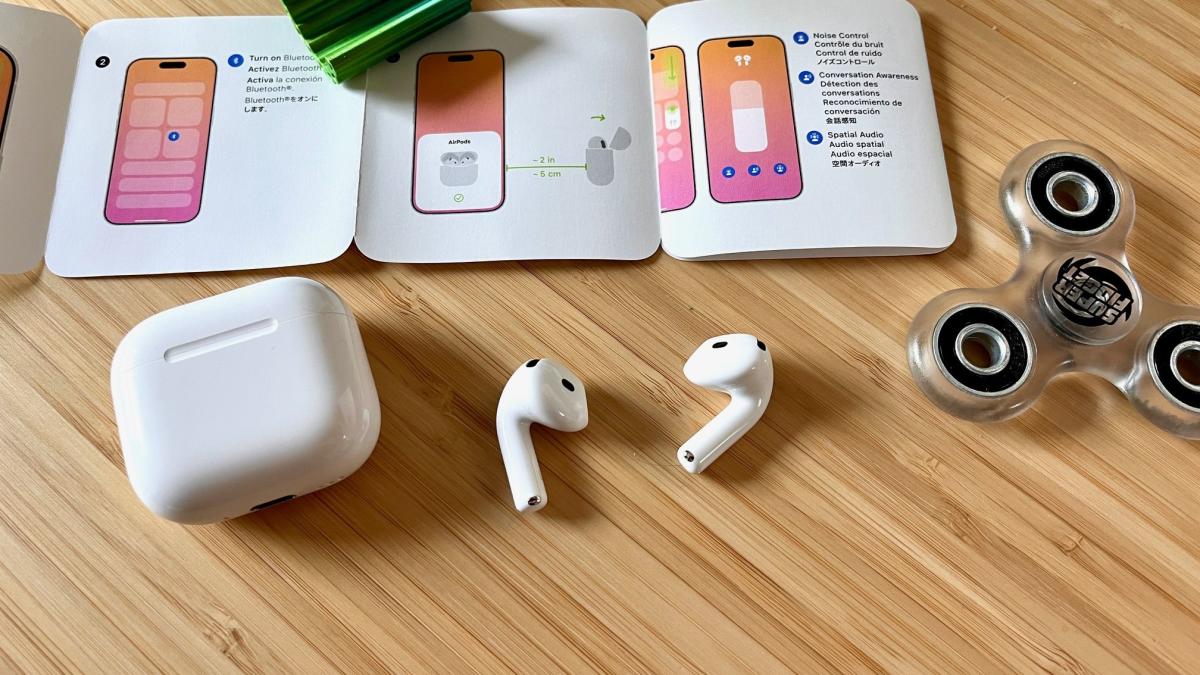General Motors (GM) is taking strong action against a popular way people upgrade their cars with Apple CarPlay. Many drivers love CarPlay because it lets them use their iPhone apps, like maps and music, right on their car’s screen. However, GM has decided it doesn’t want this feature added to its older vehicles through unofficial methods.
A company called Nifty City had been selling a kit that allowed GM car owners to add CarPlay to vehicles that didn’t come with it. This kit was a hit among drivers who wanted a modern touch in their older cars. But GM wasn’t happy about it. They sent a legal notice to Nifty City, telling them to stop selling the kit right away. GM says this kind of upgrade messes with their car systems and could cause safety problems.
Nifty City shared the news with its customers, explaining that they had to pull the product off the market because of GM’s demands. They’re disappointed, and so are the drivers who were excited about the upgrade. Some people even wonder if GM just wants to push buyers toward newer models that already have CarPlay built in.
This isn’t the first time GM has made headlines about CarPlay. Last year, they announced plans to drop CarPlay and Android Auto from their future electric vehicles, betting on their software instead. That decision upset a lot of fans who prefer the familiar feel of Apple’s system. Now, by blocking these custom kits, GM is doubling down on controlling how its cars work.
For drivers who still want CarPlay in their older GM cars, this news is a letdown. They’ll have to stick with what their vehicle already has or look for other options—though those might be harder to find now. GM’s move shows they’re serious about keeping their tech their way, even if it leaves some customers frustrated.





